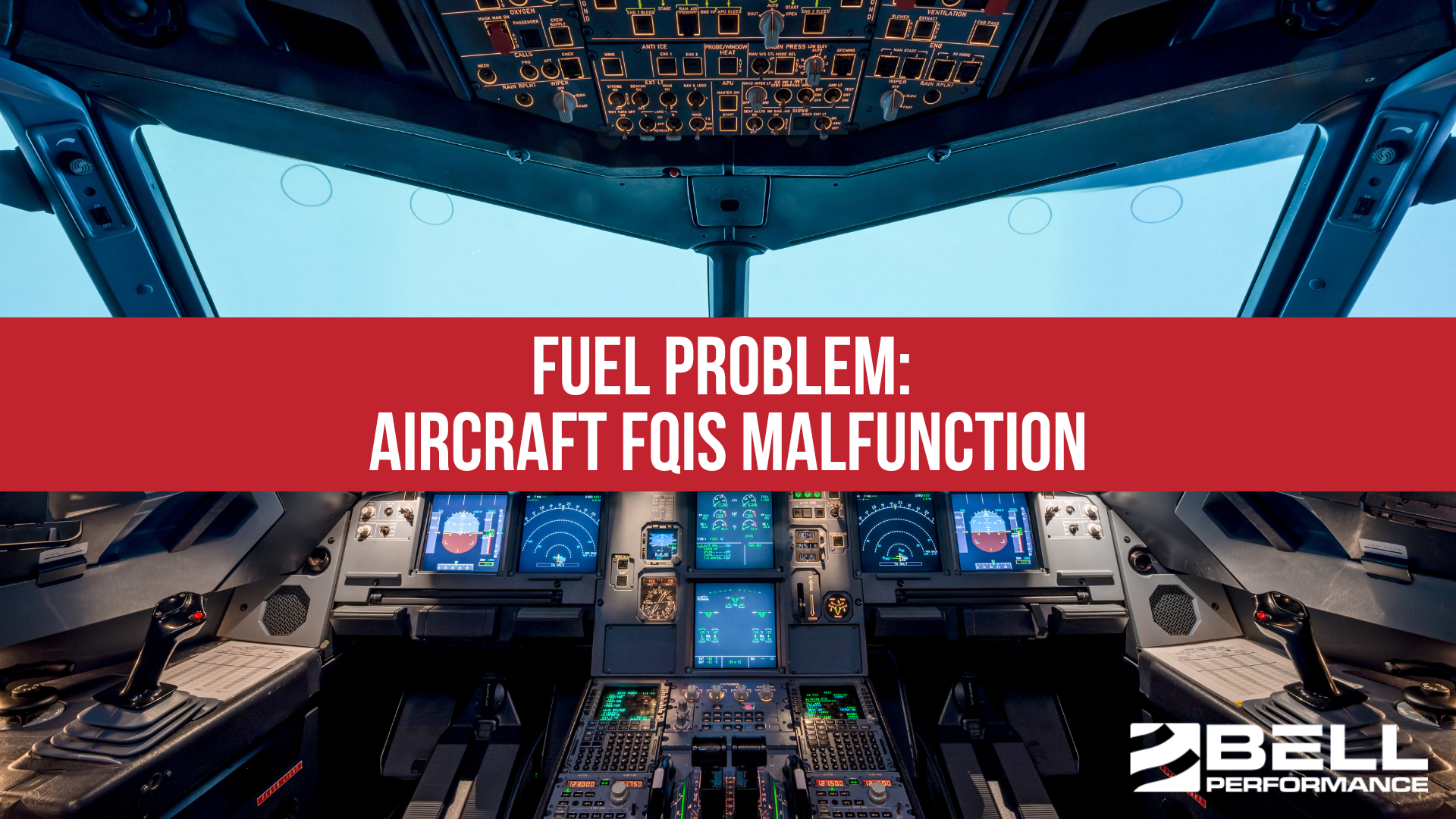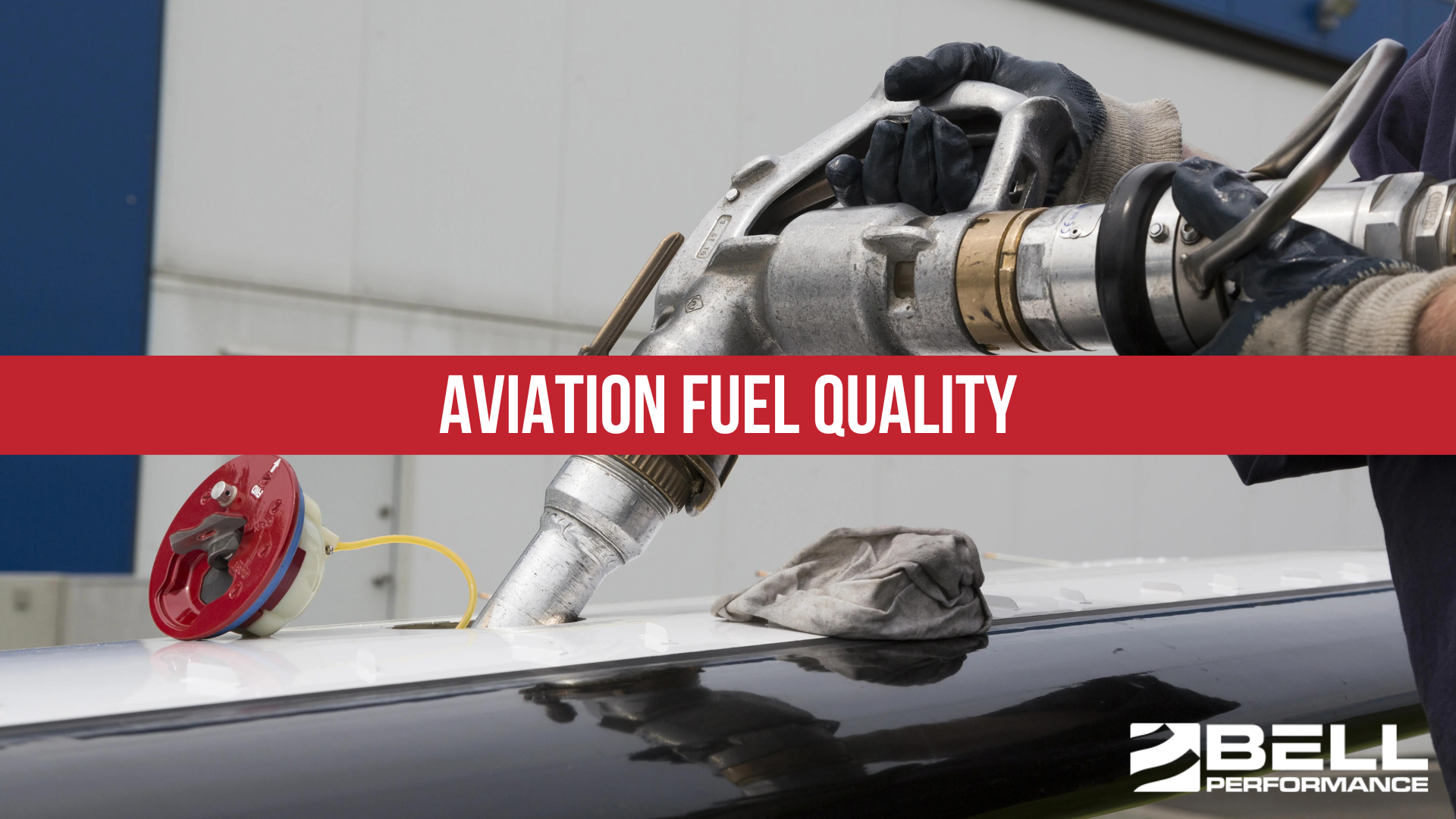Aviation Fuel Quality
When talking about aviation fuel quality, it's impossible to have a full discussion without dealing water and microbial growth.

Central to the proper functioning of any aircraft is the Fuel Quantity Indicator System (FQIS), the series of fuel tank probes that provide fuel measurements to the cockpit through the plane’s centralized monitoring system. While the proper functioning of these probes is essential for the aircraft, these probes have proven to be susceptible to fouling by microbial growth in the fuel tank.
 How? Microbial contamination can lead to growth that can foul the probes that provide the readings necessary for the system to correctly read the tank’s fuel level. This growth interferes with the capacitance measurements the system interprets. If the FQIS can’t read things properly, it will return an incorrect reading to the cockpit, even as a false indication of bad fuel quantity.
How? Microbial contamination can lead to growth that can foul the probes that provide the readings necessary for the system to correctly read the tank’s fuel level. This growth interferes with the capacitance measurements the system interprets. If the FQIS can’t read things properly, it will return an incorrect reading to the cockpit, even as a false indication of bad fuel quantity.
Safe aircraft operation depends on an FQIS system that is correctly functioning. From a fuel standpoint, the way to ensure this continues is by doing what both IATA and aircraft manufacturers like Boeing and Gulfstream do - specify routine microbial testing of their plane’s aviation fuel.
ATP-By-Filtration is an excellent testing option for this because it gives accurate and sensitive results of total microbial contamination, delivered on-site in just minutes. This makes it easy for aircraft personnel to make the best real-time decisions for them.

When talking about aviation fuel quality, it's impossible to have a full discussion without dealing water and microbial growth.

Almost every sector in our economy that uses fuel has had to grapple with a hard truth - things aren’t what they used to be with their fuel. But this...

In any system used for fuel distribution or fuel storage, you are most likely to find microbes living on physical surfaces (like tank walls) and at...